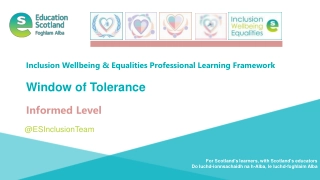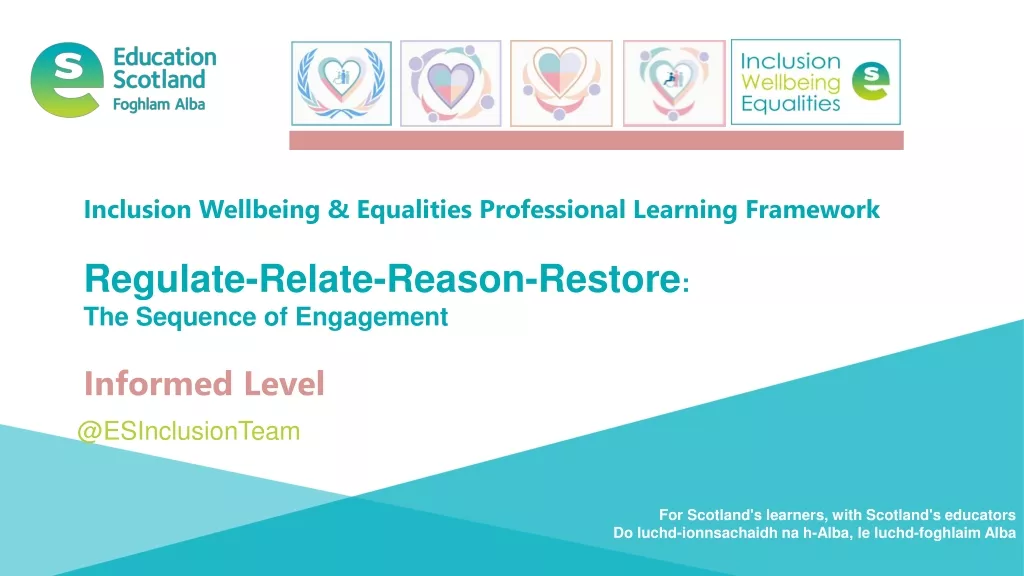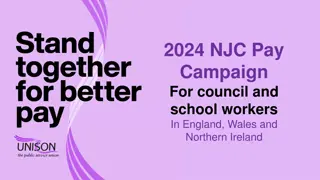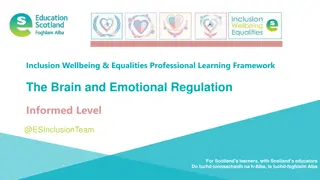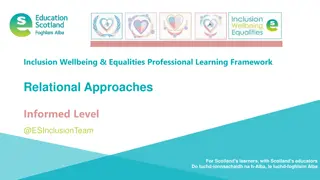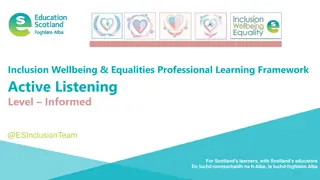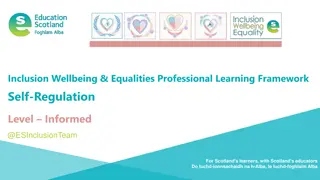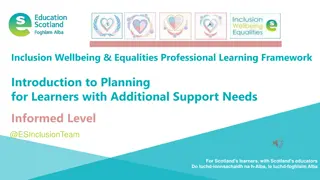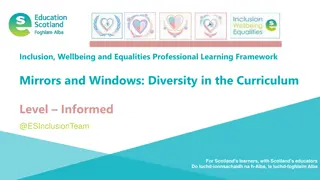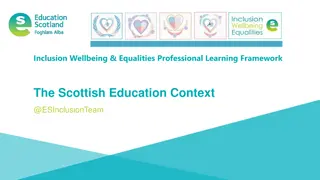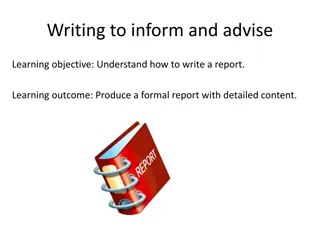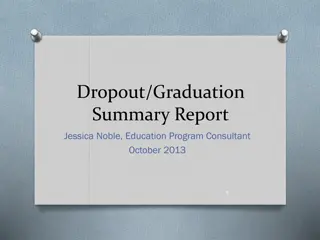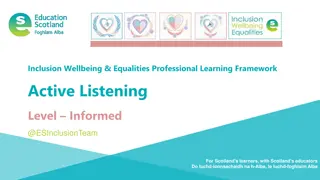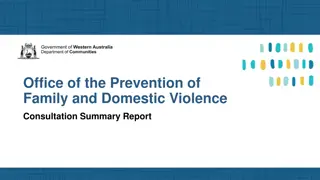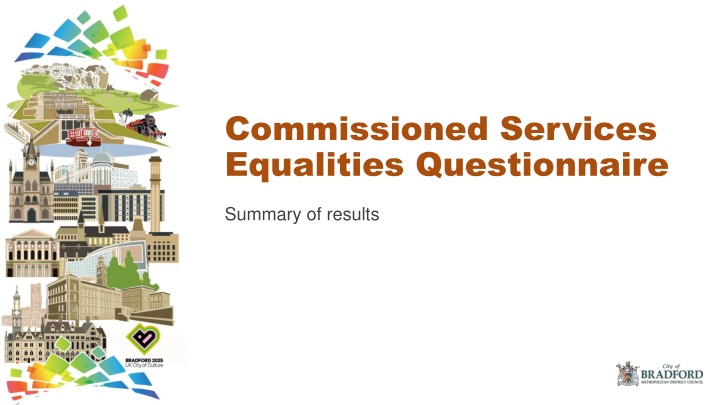
Insights from Bradford Equalities Questionnaire 2024
"Discover key findings from a recent equalities questionnaire in Bradford, including ethnicity distribution and overall response rates. Gain valuable insights to enhance service accessibility and inclusivity."
Download Presentation

Please find below an Image/Link to download the presentation.
The content on the website is provided AS IS for your information and personal use only. It may not be sold, licensed, or shared on other websites without obtaining consent from the author. If you encounter any issues during the download, it is possible that the publisher has removed the file from their server.
You are allowed to download the files provided on this website for personal or commercial use, subject to the condition that they are used lawfully. All files are the property of their respective owners.
The content on the website is provided AS IS for your information and personal use only. It may not be sold, licensed, or shared on other websites without obtaining consent from the author.
E N D
Presentation Transcript
Commissioned Services Equalities Questionnaire Summary of results
Introduction In 2024, the Adult Commissioning and Contract & Quality Teams designed a new approach to collecting equalities data. This was launched with an initial roll-out of a new online equalities questionnaire in October and November. This initial roll-out was undertaken in the style of a census to create a baseline dataset for people using commissioned services in Bradford. Between 1stOctober and 10thNovember 2024, all providers in Bradford were asked to share the new equalities questionnaire with everyone who used their commissioned services during this period and support them to complete it where required. The information collected from the questionnaire will be used to ensure all commissioned services are accessible, inclusive and responsive to the needs of people and communities within the Bradford District. This report summarises the results of the survey and some key areas where we want to do further exploration.
Background Previously, People Commissioning gathered equalities data in two main ways: Through contract monitoring reports Through SystmOne However, there are a number of issues with this. For example, information is in different formats, some categories of data are missing, not all providers are asked to give the monitoring information and not everyone who uses services are recorded on SystmOne. Between June 2023 and September 2024 staff in People Commissioning, with support from providers and people who use services, reviewed how we collect and use equalities data from commissioned services. The new approach, starting with establishing this baseline dataset: 1. Creates a single consistent equalities reporting format 2. Promotes and improves equalities data collection within commissioned services 3. Supports improvement in services through a better understanding of who uses them
Overall response to the questionnaire We received 4,251 responses from people using 151 unique service IDs. Within this were two grant programmes the Local Community Support grants and Local Friendship Support grants where the unique service IDs included multiple groups and provision. Following data cleansing work, we had a total of 4,146 usable responses*, from the following service types: Advocacy Carers support Day Activities Early Help and Prevention Home Support Housing Related Support MH services Nursing care homes Residential care homes LD Residential respite Supported Living * People had the option of not responding to questions, so not all fields show 4,146 responses.
Ethnicity 60.11% of people were from White British backgrounds and 26.58% from Asian backgrounds. This is broadly comparable to the 2021 Census data for Bradford (61.1% and 26.8% respectively). 2.4% of people identified as being from Mixed or Multiple Ethnic Groups. Again, this is also reflective of the census data (2.7%).
Ethnicity When we look at different types of service delivery, the make-up of people who use those services in terms of ethnicity changes. These differences may reflect the choices people from different cultures make about social care, but it also highlights the need to ensure we have accessible services of all types. This is an area that needs further exploration. Services with an accommodation element (e.g. supported living and care homes.) Services without an accommodation element (e.g. home support, day services, early help, information, advice and advocacy services
Gender 60.4% of people were female and 39.3% were male. 0.3% (12 people) identified as a different gender. 97.9% of people identified as the same gender as they were registered as at birth. Having more women than men in Adult Social Care service matches general trends in this area, however this needs to be further explored at service level to ensure that all service types are welcoming and accessible to men and women. Age band Age 1200 The average age of people completing the questionnaire was 57. The oldest respondent was 102. 1000 800 600 A quarter of people who answered this question were over 75. 400 200 0 Under 18 18 25 26 35 36 45 46 55 56 65 66 75 Over 75
Sexual Orientation 82.16% of people identified heterosexual or straight. 9.12% of people respondents preferred not to answer this question. 2.48% of people identified as LGBTQ+. In the 2021 census 88.9% people identified and heterosexual or straight, 2.4% as LGBTQ+, with 8.8% not answering. 75% of people who identified as LGBTQ+ were from White British backgrounds and 74% were under the age of 55. Pregnancy 47 people (1.2%) were pregnant or had been pregnant in the last 12 months. However, issues have been identified with the validity of some the responses to this question. This question needs reviewing to ensure it is clear and understood by those completing the questionnaire.
Disability In this question, people could select more than one response. Approximately a quarter of people reported having a disability related to a mental health condition. Similar numbers of people had learning disabilities and/or physical impairments. 6% had an Autistic spectrum condition or other social/communication condition.
Religion 41.33% of people described themselves as Christian and 23.45% as Muslim. 21.49% of people had no religion. This is compared to 33.4%, 30.5% and 28.2% in the 2021 census respectively. This may indicate that services need to do more to ensure they are accessible and opening to people from the Islamic faith and people who do not have a religion. This needs further exploration.
Unpaid carers 14.5% (610) of people said they were unpaid carers. 197 of these were receiving support from Carers Resource. This means approximately 10% of people accessing other commissioned services are carers. People who had been in care as a child 4.5% of people reported being in care as a child. Based on calculations from The Care Leavers Association approximately 1% of adults in the UK spent at least part of their childhood in care. This is the first time information on the number of care-experienced people accessing adult social care services in Bradford has been collected. This information will be useful in growing understanding of how people who have been in care as a child use adult social care services and what support they may need when doing so.
Low income 69% of respondents lived in the areas of most deprivation in Bradford (Deciles 1-3). 39% of people living in these areas were using Early Help and Prevention services. Responses by IMD Decile 45.00% 40.00% 35.00% 30.00% 25.00% 20.00% 15.00% 10.00% 5.00% 0.00% 1 2 3 4 5 6 7 8 9 10 38.62% 15.32% 14.57% 5.68% 5.25% 6.32% 4.93% 4.87% 2.36% 2.09%
Areas for further exploration Over the next 12 months, we want to work with providers to further explore and expand our understanding around: The accessibility accommodation-based services for people from different ethnicities. The gender divide in different types of service provision. As the most common form of disability affecting people s day to day lives, how all services are able to effectively support people with needs around their mental health. How services are working to be accessible for people with Autism and those who are neurodivergent. How people from different faiths, and people who do not have a religion, find the accessibility of services. How providers can support people who are carers and who also access care or support for themselves. How people who have been in care as a child use adult social care services and what support they may need in services related to their experiences as children, This work will be used to build an action plan around improving the accessibility and inclusiveness of commissioning and commissioned services.

